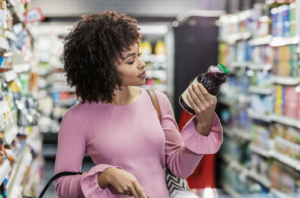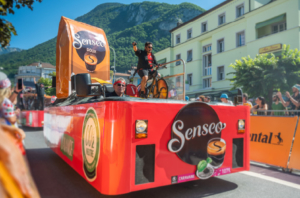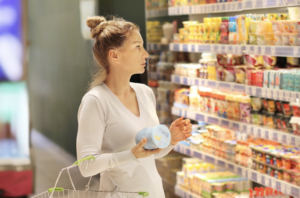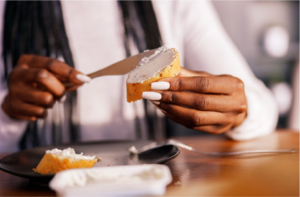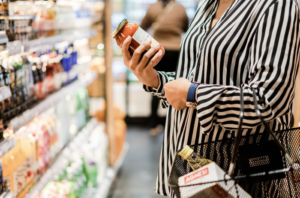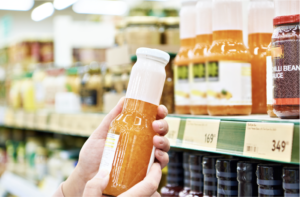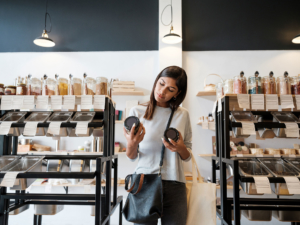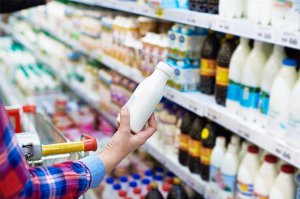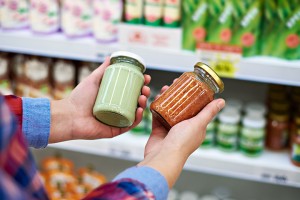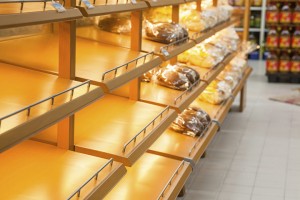Outstanding displays boost sales
Store displays represent a strategic touchpoint for brand manufacturers and retailers alike. Brands regularly come up with innovative and unusual ideas to promote their brands to attract shoppers’ attention and to increase their sales. For example, the 2020 Milka “goodness campaign” included a life-size cow made of cardboard to promote the chocolate brand*. (Please click here to get an idea of the display).
A recent academic study investigates whether such innovative store displays are worth the effort, both for the brand and the retailer. Various experiments in Australian supermarkets and online stores in the UK and the US examined whether extraordinary displays change shoppers’ purchase behavior:
- Outstanding displays stimulate consumer attention and increase sales compared to standard displays.
- This effect holds for familiar and non-familiar brands as well as for utilitarian and hedonic categories.
- The size of the effect is a consequence of the display’s novelty and aesthetic appeal rather than its height or the quantity of products on display.
- Displays that mimic a certain object, figure or theme must be congruent with the underlying brand or product benefits to boost sales. For example, a display mimicking a strong person leads to higher purchase intention for an energy drink but not for a relaxation drink (see figure 1).
For retailers and brands imaginative displays represent an effective means to increase sales and provide better returns than standard ones.
The effect of such displays can be enhanced by extraordinary music, scent, color, or other ambient stimuli to offer a holistic shopping experience.
Hean Tat Keh, Di Wang, and Li Yan (2020), “Gimmicky or Effective? The Effects of Imaginative Displays on Customers’ Purchase Behavior,” Journal of Marketing.












